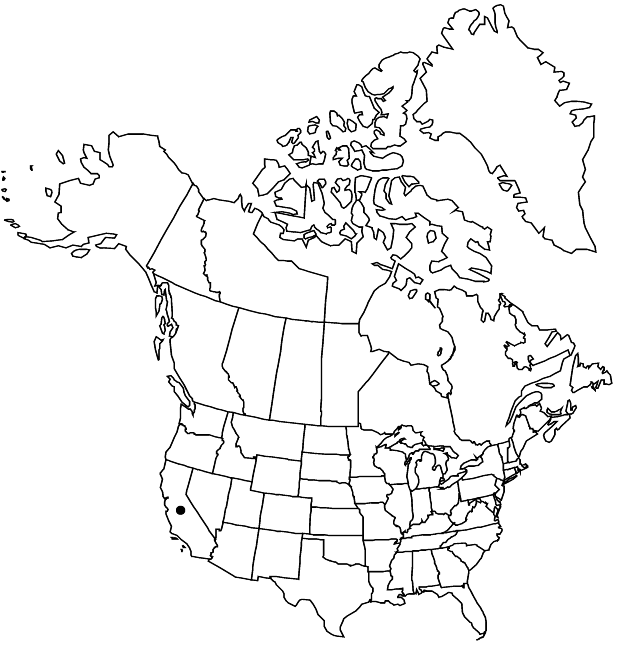Arctostaphylos hookeri
Gen. Hist. 3: 836. 1834 ,.
Shrubs, prostrate or erect, mat- or mound-forming, 0.1–1.5 m; burl absent; bark on older stems persistent, reddish, smooth; twigs sparsely short-hairy. Leaves: petiole 1–8 mm; blade bright green, shiny, narrow-elliptic (rhombic) or lanceolate-elliptic to widely elliptic, 0.8–3 × 0.4–1.5 cm, base rounded to cuneate, margins entire, plane, surfaces smooth, ± puberulent, glabrescent. Inflorescences racemes, simple or 1-branched; immature inflorescence pendent (crook-necked), axis 0.3–1 cm, 1+ mm diam., sparsely short-hairy; bracts not appressed, (weakly spreading), (congested), (dark green), scalelike, deltate, (globose, cuplike), 2–5 mm, apex acute, surfaces glabrous. Pedicels 2–6 mm, glabrous. Flowers: corolla white, urceolate; ovary glabrous. Fruits globose, 3–6 mm diam., glabrous. Stones distinct. 2n = 26.
Discussion
Subspecies 2 (2 in the flora).
Selected References
None.
Key
| 1 | Plants erect or mound-forming; leaf blades ± elliptic, 2-3 × 1-1.5 cm; petioles 4-8 mm; Monterey Bay area. | Arctostaphylos hookeri subsp. hookeri |
| 1 | Plants prostrate, mat-forming; leaf blades narrow-elliptic (diamond-shaped), 0.8-1.2 × 0.4-0.7 cm; petioles 1-3 mm; San Luis Obispo County. | Arctostaphylos hookeri subsp. hearstiorum |
